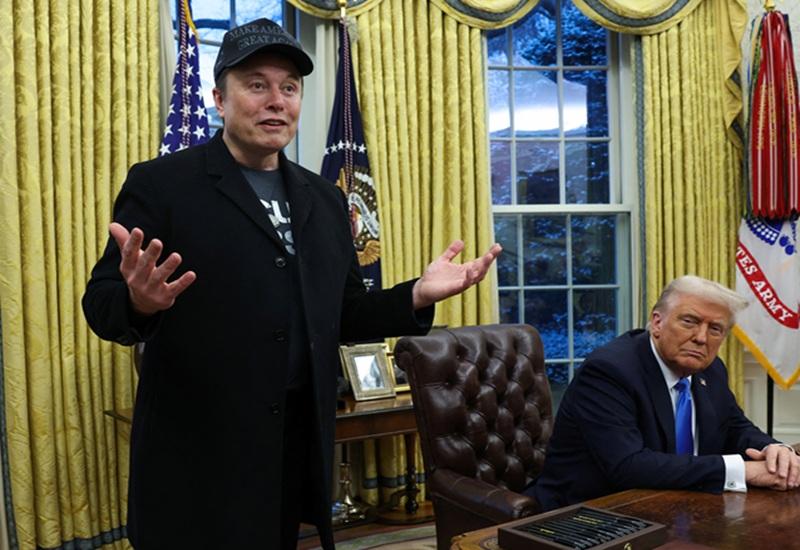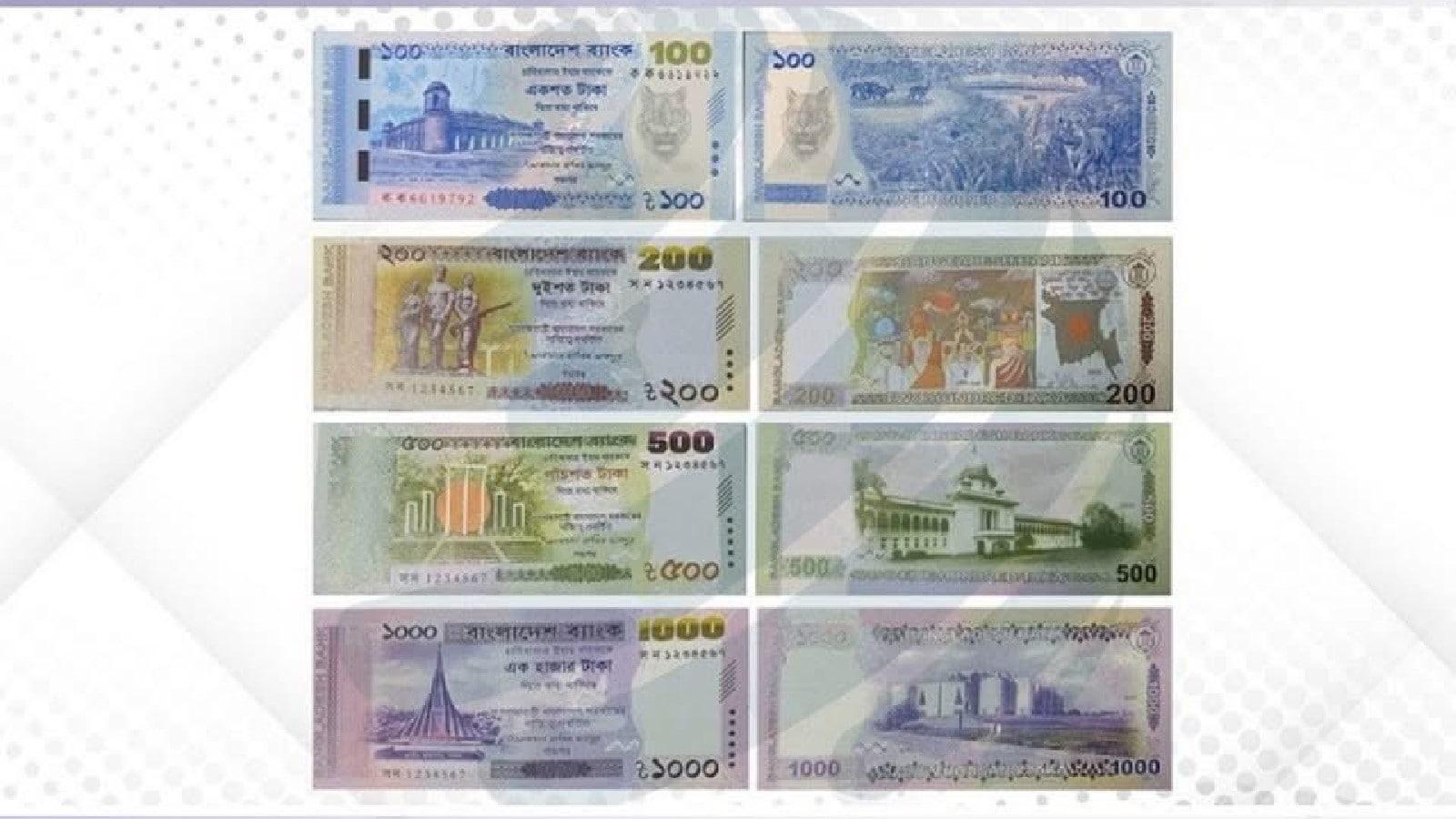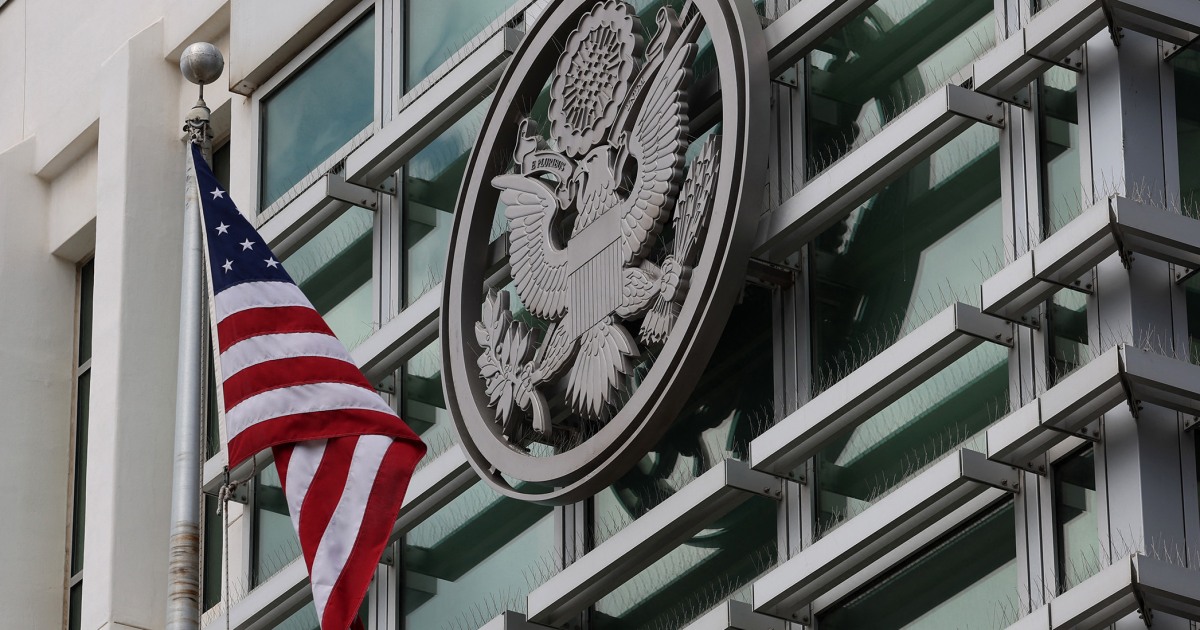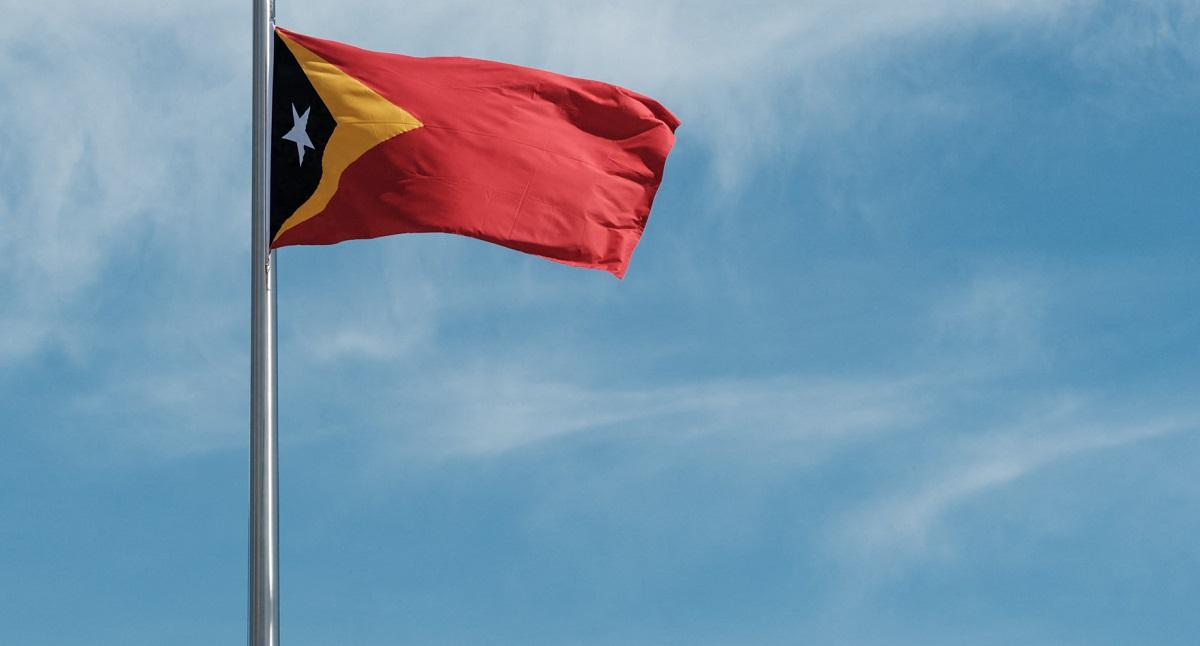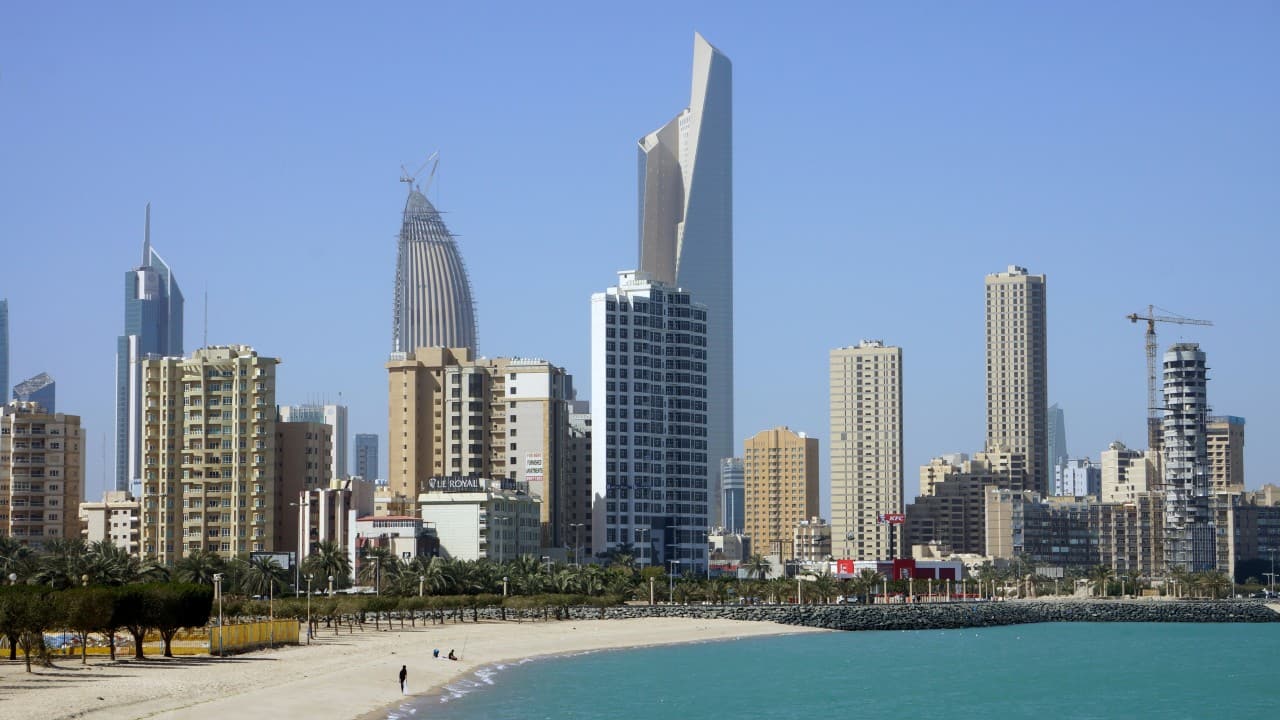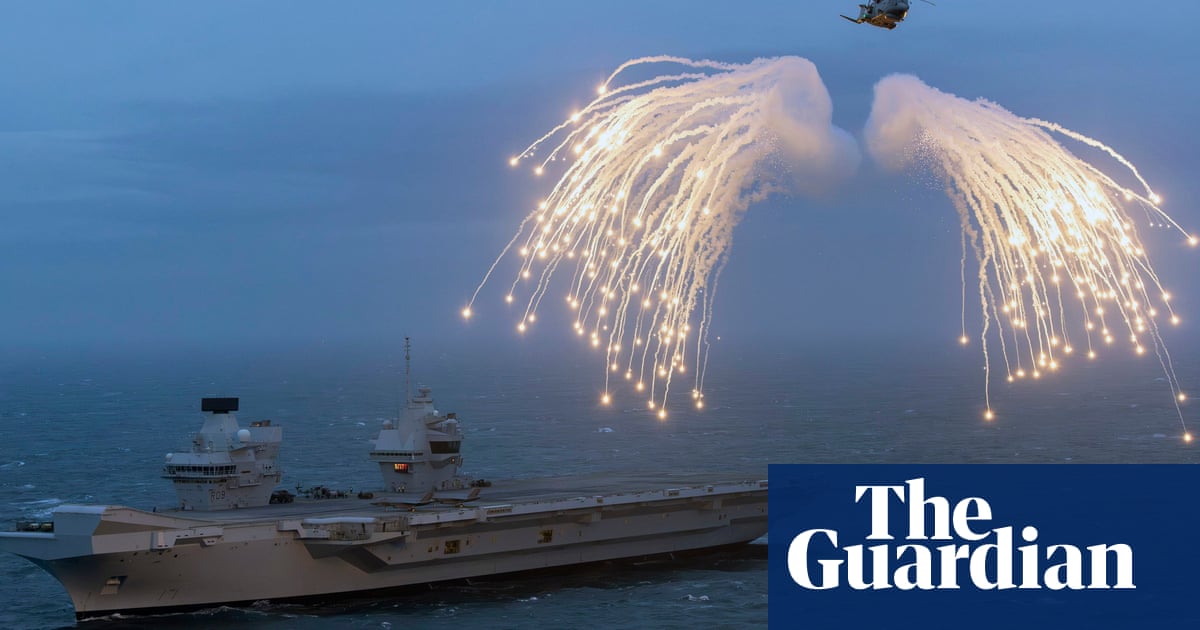Trump's Misleading Claims of Genocide Against White Farmers in South Africa
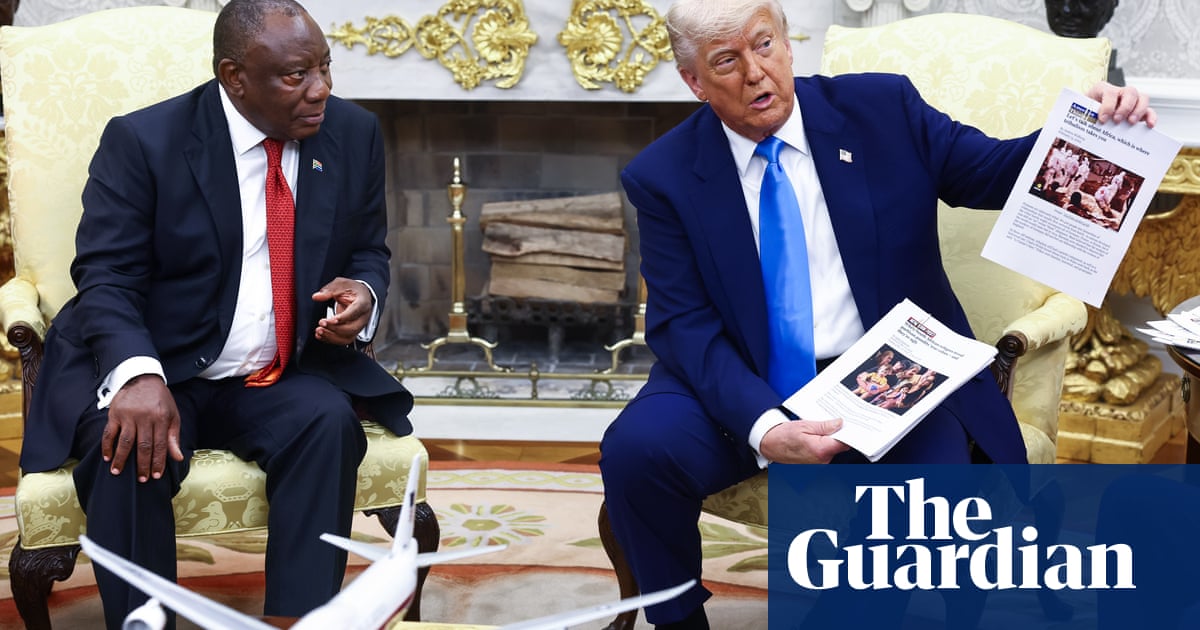
The tense atmosphere of a recent White House meeting between U.S. President Donald Trump and South African President Cyril Ramaphosa was marred by controversial claims made by Trump regarding supposed mass killings of white South Africans. During the meeting, Trump presented evidence that was later found to be misleading, including images that were not even from South Africa. In some instances, the images were sourced from the Democratic Republic of Congo, raising serious questions about the accuracy of the information being presented.
While holding a print-out of an article, Trump alleged, “These are all white farmers that are being buried,” as he showed a picture during the discussion. However, the image he referenced was a screengrab from a Reuters video published on February 3rd, which had been verified by the news agency’s fact-checking team. This footage depicted humanitarian workers lifting body bags in the Congolese city of Goma, following violent clashes with the M23 rebel group, which has received support from Rwanda.
When approached by Reuters for comment, the White House remained silent, failing to address the inaccuracies presented during the meeting. As the discussion progressed, Trump escalated the situation by playing a video that he asserted demonstrated that genocide was being committed against white people in South Africa. He claimed that the footage showcased graves of over a thousand white farmers, marked by white crosses. In reality, the video depicted a memorial site located along a highway connecting the small towns of Newcastle and Normandein. This memorial was established in response to the tragic murders of two Afrikaner farmers in the area, according to Rob Hoatson, the individual who initiated the memorial to draw public attention.
Hoatson clarified to the BBC that the site was not a burial ground but rather a temporary memorial. The inaccuracies within the video were evident and appeared to be strategically contrived to support Trump’s narrative of offering “refuge” to persecuted white farmers, a notion that has provoked strong reactions from the South African government, which disputes the claims of genocide.
The video also featured prominent clips of Julius Malema, a controversial politician known for his radical views and inflammatory rhetoric. Malema, who leads the leftist Economic Freedom Fighters (EFF) party, was seen wearing a red beret while chanting calls to “cut the throat of whiteness” and performing a controversial anti-apartheid song, “Kill the Boer, kill the farmer.” During his portrayal by Trump, Malema was incorrectly framed as a government official, suggesting that his provocative statements were part of an official stance against South Africa’s white minority.
Malema, while a significant figure in opposition politics, has called for radical changes including land redistribution and the nationalization of key economic sectors. His party, the EFF, garnered only 9.5% of the vote in last year's elections, coming in fourth. In contrast, during the Oval Office meeting, President Ramaphosa and his team made it clear that they do not endorse Malema’s extreme rhetoric. Notably, Agriculture Minister John Steenhuisen, a member of the center-right Democratic Alliance, informed Trump that he joined Ramaphosa’s multiparty coalition specifically to prevent Malema’s party from gaining power.
President Ramaphosa’s visit to Washington aimed to improve relations with the United States, especially in light of Trump's ongoing criticisms regarding South Africa's land policies, foreign affairs, and allegations of poor treatment of its white minority — accusations that the South African government vehemently denies. This meeting underscores the complexities of international relations and the importance of accurate information in diplomatic discussions.














